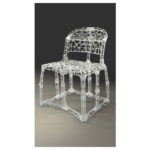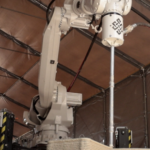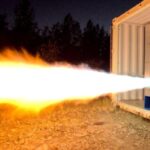High-strength aluminum alloys are prone to hot cracking during additive manufacturing, limiting their applications. Researchers in the US have been exploring the use of selective laser melting (SLM) to produce an ultra-strong, deformable aluminum alloy strengthened with nanoscale intermetallics. The alloy, composed of Al92Ti2Fe2Co2Ni2, demonstrates significant improvements in mechanical properties.

The microstructural analysis reveals that the alloy consists of colonies of nanoscale intermetallic lamellae forming rosettes. These rosettes, which vary in thickness across different regions of the melt pool, contribute to the alloy’s high strength exceeding 700 MPa. The fine rosettes near the melt pool boundaries, composed predominantly of Al3Ti and Al9(Fe,Co,Ni)2, are critical to enhancing the mechanical properties.
High-angle annular dark-field scanning transmission electron microscopy (HAADF-STEM) and energy-dispersive X-ray spectroscopy (EDS) show that fine rosettes have an Al3Ti core with alternating layers of Al3Ti and Al9(Fe,Co,Ni)2. The coarse rosettes in the melt pool center contain thicker intermetallic layers and cellular precipitates enriched in Al9(Fe,Co,Ni)2.
Atom probe tomography (APT) analyses indicate that transition metals (TMs) are well-distributed within the matrix, with concentrations exceeding their equilibrium solid solubility due to rapid solidification. This microstructural arrangement results in a significant back stress, contributing to the alloy’s high strength and deformability.
In summary, the introduction of nanoscale intermetallics in aluminum alloys via SLM presents a promising approach to achieving ultra-strong and deformable materials suitable for high-performance applications.
You can read the full research paper, titled “Additive manufacturing of an ultrastrong, deformable Al alloy with nanoscale intermetallics” over at this link.









